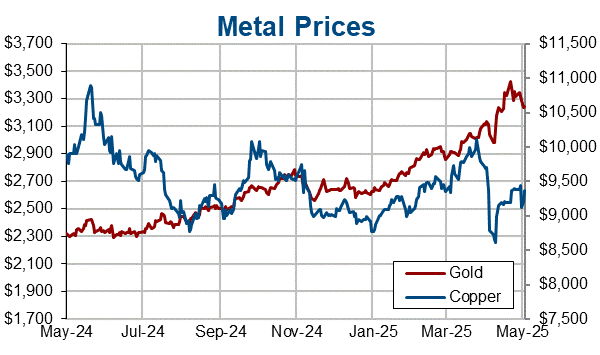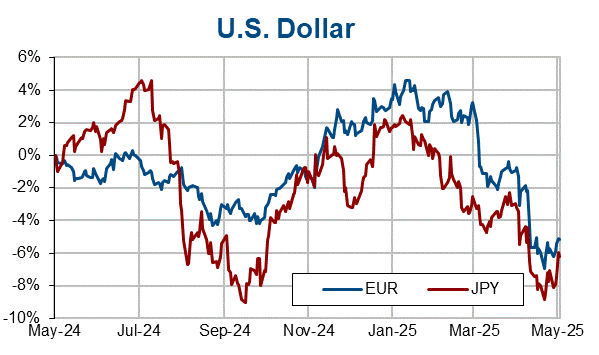Oil prices have backed up after reports that OPEC+ may consider output increases at the December 4 meeting were denied. More precisely, Saudi denied oil output hike discussion, and clarified that OPEC+ was sticking with oil output cuts and could take further measures to balance the market amid falling prices.
That earlier rumor surprised the market, especially after the recent decision to trim supply. And it added to the overnight drop in prices amid rising concerns that China would not be opening up its economy due to the pick up in covid cases and the first deaths since the summer. USOIL fell to $75.08, a new low for the year, before climbing to $79.86. Brent surged back to $87.48 after diving to $82.32.
Oil markets continue to keep a close eye on the demand outlook and monetary policy expectations. Fed officials have pushed back against overly optimistic market expectations for the policy outlook, and concerns that China’s Covid restrictions will be tightened once again have put pressure on oil prices over the past week. Gas prices meanwhile are eyeing the EU’s renewed attempt to agree on a price cap when energy ministers meet this week.
Oil prices corrected sharply lower last week and have remained under pressure even today at the 80.50 area, as the demand outlook was dented by fading hope that China would ease virus restrictions and add further stimulus. China reported the first covid-related deaths in many months over the weekend, which fueled fear of a renewed tightening of Covid curbs. At the same time, the PBOC last week warned of inflation risks and seemed to flag the limits to monetary policy support. WTI extended losses to below USD 80 per barrel, the lowest in over seven weeks.
The highly uncertain supply output and the EU’s ban of Russian crude flows, which kicks in next month, should keep a floor under oil prices mid-term. However, as Europe rushed to fill up on Russian diesel ahead of the plan, and European refiners seem to be oversupplied with crude for now, the prospect of future shortages is enough to counterbalance demand concerns at the moment.

Gold prices corrected lower last week and have remained under pressure so far this week, as risk aversion picked up and the USD rather than bullion benefited from haven flows. The precious metal is currently trading at $1,745.57 as Fed officials continued to push back against an overly optimistic market view on the Fed’s policy outlook. Gold had made quite a come-back from lows around the USD 1,630 mark earlier in the month, but remains at the mercy of policy outlooks and overall sentiment.
Agricultural commodity prices mostly corrected lower, and wheat futures in particular dropped to the lowest in nearly three months, as the supply outlook improved. There was some uncertainty over the outlook for the Black Sea Grain initiative, but Russia eventually agreed to extend the UN-brokered deal. This means a trade corridor for vessels carrying Ukrainian grain in the Black Sea will remain in place for another four months from November. Ukrainian authorities reported that the country was able to export more than 11 million tonnes of grain by ship since the start of the deal on August 1st. That went a long way to easing concerns over global shortages. In line with this, datafrom the USDA’s WASDE report increased projections for world supply and ending stocks for the upcoming marketing year, as higher output in Australia and Kazakhstan offset potential declines in Argentina and the EU.
outlook improved. There was some uncertainty over the outlook for the Black Sea Grain initiative, but Russia eventually agreed to extend the UN-brokered deal. This means a trade corridor for vessels carrying Ukrainian grain in the Black Sea will remain in place for another four months from November. Ukrainian authorities reported that the country was able to export more than 11 million tonnes of grain by ship since the start of the deal on August 1st. That went a long way to easing concerns over global shortages. In line with this, datafrom the USDA’s WASDE report increased projections for world supply and ending stocks for the upcoming marketing year, as higher output in Australia and Kazakhstan offset potential declines in Argentina and the EU.
Click here to access our Economic Calendar
Andria Pichidi
Market Analyst
Disclaimer: This material is provided as a general marketing communication for information purposes only and does not constitute an independent investment research. Nothing in this communication contains, or should be considered as containing, an investment advice or an investment recommendation or a solicitation for the purpose of buying or selling of any financial instrument. All information provided is gathered from reputable sources and any information containing an indication of past performance is not a guarantee or reliable indicator of future performance. Users acknowledge that any investment in Leveraged Products is characterized by a certain degree of uncertainty and that any investment of this nature involves a high level of risk for which the users are solely responsible and liable. We assume no liability for any loss arising from any investment made based on the information provided in this communication. This communication must not be reproduced or further distributed without our prior written permission.





















